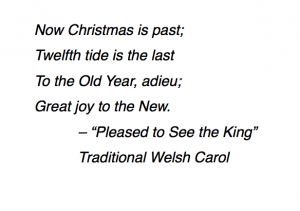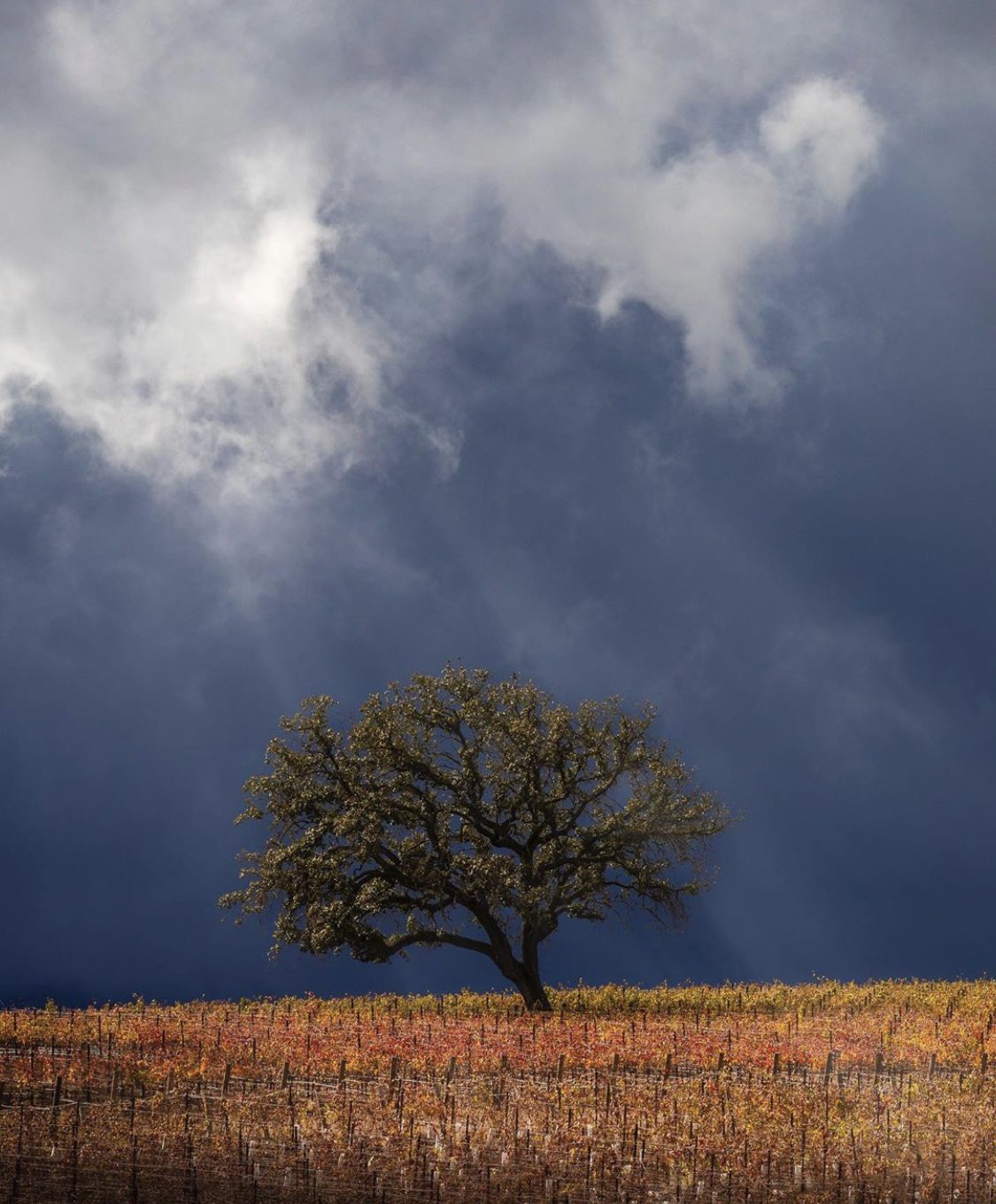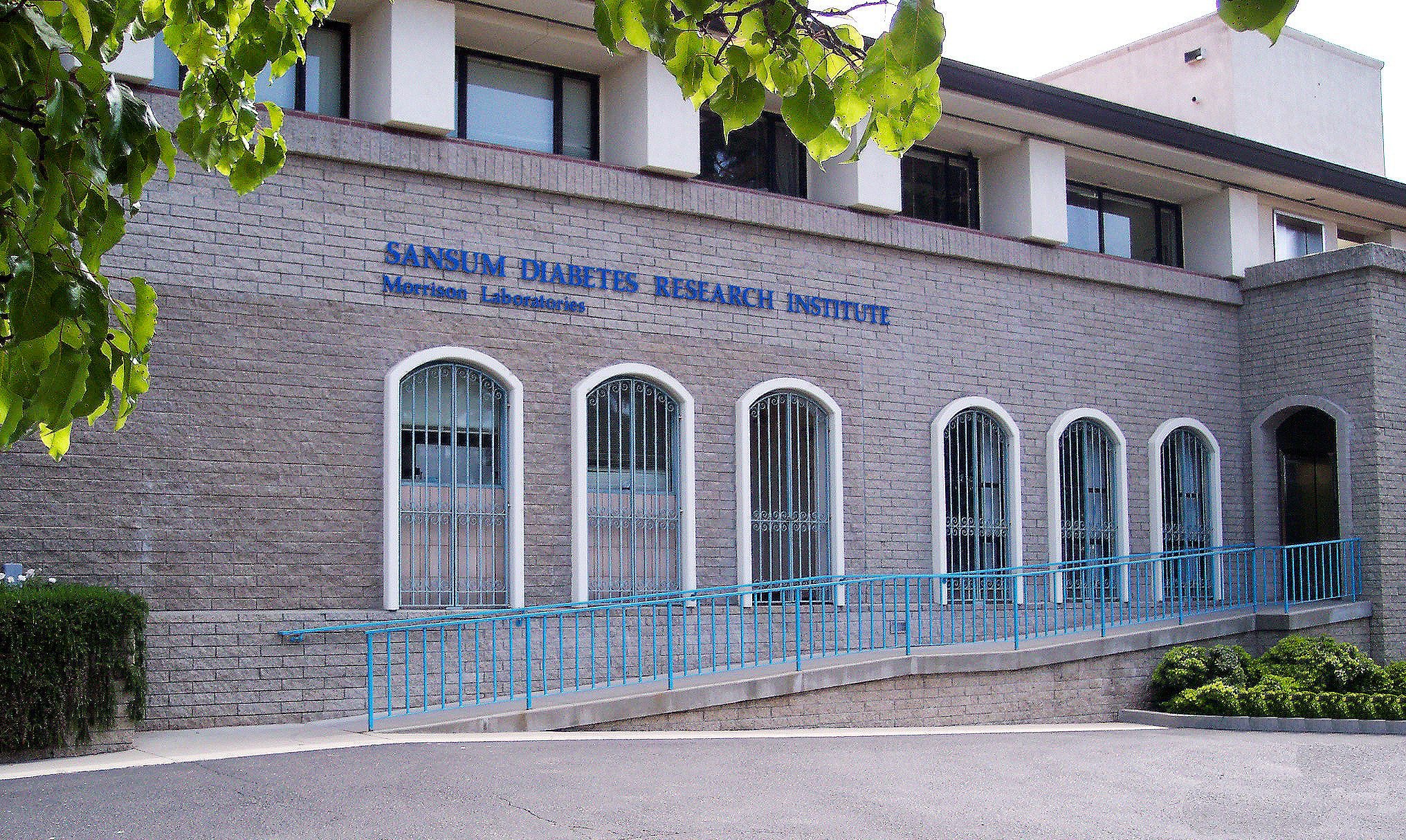By John Copeland
Contributing Writer
The festivities of Christmas and the Winter Solstice were traditionally not just one-day events. They were celebrated for several days, coming to an end on January 6 with a final night of celebration called Twelfth Night.
Twelfth Night used to be widely celebrated, but today not so much. Many of us are familiar with the term Twelfth Night because William Shakespeare used it as setting for one of his most famous plays, which helped to forever merge it into popular culture.
 The Twelve Days of Christmas are possibly the most misunderstood part of the church year for those not familiar with liturgical church traditions. The twelve days in the song are the twelve days starting with Christmas Day, or in some traditions the day after Christmas, and extending to the day before Epiphany, or the Feast of the Epiphany, on January 6.
The Twelve Days of Christmas are possibly the most misunderstood part of the church year for those not familiar with liturgical church traditions. The twelve days in the song are the twelve days starting with Christmas Day, or in some traditions the day after Christmas, and extending to the day before Epiphany, or the Feast of the Epiphany, on January 6.
Very few Americans celebrate the twelve days of Christmas. Some of the earliest colonists, the Puritans, did not even celebrate Christmas. They considered Christmas to be pagan in origin and too closely associated with the Roman Catholic Church. For many years, during early colonial times, Christmas was banned in New England.
January 6 is when Christmas celebrations finally wind down. Twelfth Night marks the end of Christmas merrymaking and, in pre-Christian Northern European traditions, marked the end of the twelve-day Winter Solstice celebrations.
Food and drink are at the center of the festivities, and the traditions associated with the day go back many centuries. However, accounts of Twelfth Night reveal these celebrations were quieter and more subdued than those at Christmas. Twelfth Night, where it is still observed, is often accompanied by an exchange of gifts and takes on a similar significance to Christmas Eve.
Epiphany is the celebration the arrival of the Magi (the wise men from the East) who traveled west, using a bright star in the heavens to guide their way, to honor the infant Jesus and to present their gifts of gold, frankincense and myrrh. In fact, in Spanish speaking countries, the day is called “Three Kings Day.”
I am sorry, I just cannot help myself, I have a couple of quick tangents to share. Magi is the root of the word magician. In ancient Medea, now part of Iran, the Magi were the priests of the Zoroastrian religion. The best known Magi were the “Wise Men from the East” of the Bible. The Bible is silent on how many wise men visited Bethlehem, but most commonly it is asserted there were three of them.
Traditions aside, we do not know the names of these magi. However, in the Catholic church they were regarded as saints and are commonly known as Melchior, Caspar and Balthazar. These names apparently derive from a Greek manuscript probably composed in Alexandria around 500, which was translated into Latin with the title Excerpta Latina Barbari. Marco Polo, the Italian merchant adventurer who journeyed to China and the court of Kubla Khan in the 1200s, claimed to have seen the graves of the three Magi in what is today the district of Saveh, near Tehran, Iran.
My second tangent is about the given name Tiffany. Rather than being of contemporary origin, Tiffany is a certified medieval name, dating in England to the mid-14th century. It comes through a very roundabout route from the word Epiphany and appears to have been originally given to girls born on or around the date of the Epiphany.
Back to Twelfth Night. Around the world, special pastries such as the Tortell and King Cake were baked on the eve of Twelfth Night and eaten the following day during the Feast of the Epiphany observance. In England and France, the Twelfth Night cake contained a bean and a pea. Whoever received the slice containing the bean or pea would be designated king and queen of the night’s revels.
The drink at Twelfth Night was wassail, sometimes called Lamb’s Wool, made from roasted apples, sugar, nutmeg and ale, or sometimes wine, and served in a ceremonial wassail bowl. On Twelfth Night, it was customary for assembled friends and family to toast one another from the wassail bowl.
In farming regions, two interrelated customs intersected on Twelfth Night: wassailing and the lighting of fires in wheat fields to ensure a good crop in the coming year.
Farmers made twelve bundles of straw, placed them in a row and set them on fire. One bundle was larger, as was its fire. The farmer and the field hands would stand around this bonfire and drink a glass of cider to their master’s health and success for the next harvest. Returning home, the celebrants would enjoy caraway seed cakes and more cider.
In times past, Twelfth Night or Epiphany morning was the time to take down the Christmas tree and decorations. Traditionally, the twelfth day is the last day for decorations to be taken down.
It was considered to be courting bad luck to take decorations down after this date. However, decorations could be kept up until the next Christmas to avoid bad luck.
Take heart. The holiday season is at its end and the new calendar hanging on the wall beckons us with a new year yet to unfold.
Also, keep in mind that January, the heart of winter, also carries the seeds of spring. During January, we will gain nearly an hour of daylight as we turn our faces to the future.







